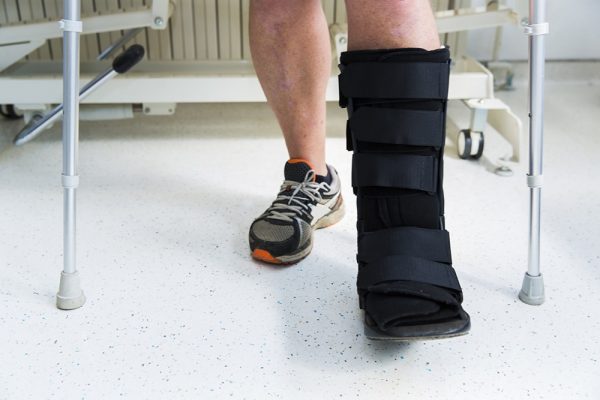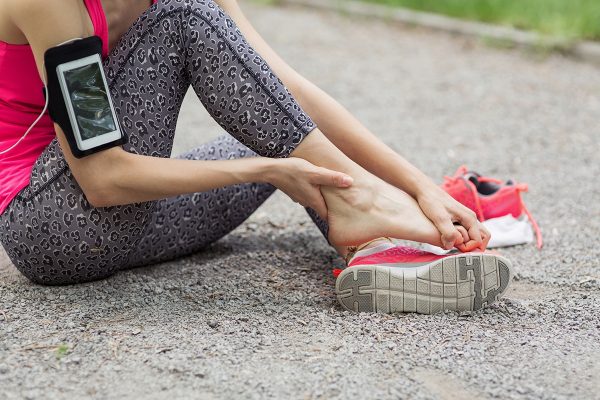
Your Achilles tendon is the largest tendon in your body, connecting your heel bone to your calf muscles. It plays a vital role in walking, jumping, and running. However, an Achilles tear can be a devastating injury, potentially sidelining you for months. Fortunately, there are several ways you can repair your Achilles tear and come back stronger than ever.
Physiotherapy: Physiotherapy is a common best way to treat achilles tears. A physiotherapist will work with you to create a personalized exercise program to speed up your recovery and strengthen the injured area. They can also offer techniques that help alleviate pain and inflammation.
Rest: Rest is key to healing from an Achilles tear. Straining your injury might prolong your recovery period and even worsen the situation. You’ll need to give your Achilles tendon time to rest so that it can heal naturally without undue stress or strain. To give your Achilles time to recover, you might need to use crutches, wear a brace, or take a break from any athletic activities.
Chiropractic Care: Chiropractors can provide care for Achilles tears, especially if it’s caused by misalignment or muscle imbalance. Chiropractic care is generally safe, non-invasive, and has no side effects. Chiropractic treatment for Achilles tears is usually customized to the needs of each patient and may include a combination of spinal adjustments, soft tissue massage, and exercise rehabilitation.
Surgery: In severe cases, you may need surgery to repair the ruptured or partially ruptured Achilles tendon. Surgery can be extremely effective in cases where there is a complete tear in the tendon or an injury that has not responded adequately to non-surgical treatments. You should talk to your medical doctor or orthopedic surgeon about whether surgery is an option for your Achilles injury.
Rehab: Once the doctor has confirmed that the Achilles is healed, it’s important to gradually restore your range of motion, strength and flexibility back to their normal levels. Rehabilitation usually involves stretches, physiotherapy, and exercises that target the Achilles tendon. You will also need to wear a heel insert or lift and gently stretch the calf muscle to speed up your recovery process and reduce your risk of re-injury.
In conclusion, an Achilles tear is a serious injury that can interfere with your regular activities. But, with the right treatment methods, you can quickly heal to get you back to your active lifestyle. Rest is critical, and it’s essential to work with a physiotherapist or chiropractor to gradually heal and strengthen your Achilles. With proper rehab, you’ll be able to return to your daily life with newfound strength, agility, and determination. By taking these steps, you’ll be back on your feet and ready to tackle whatever comes your way.




